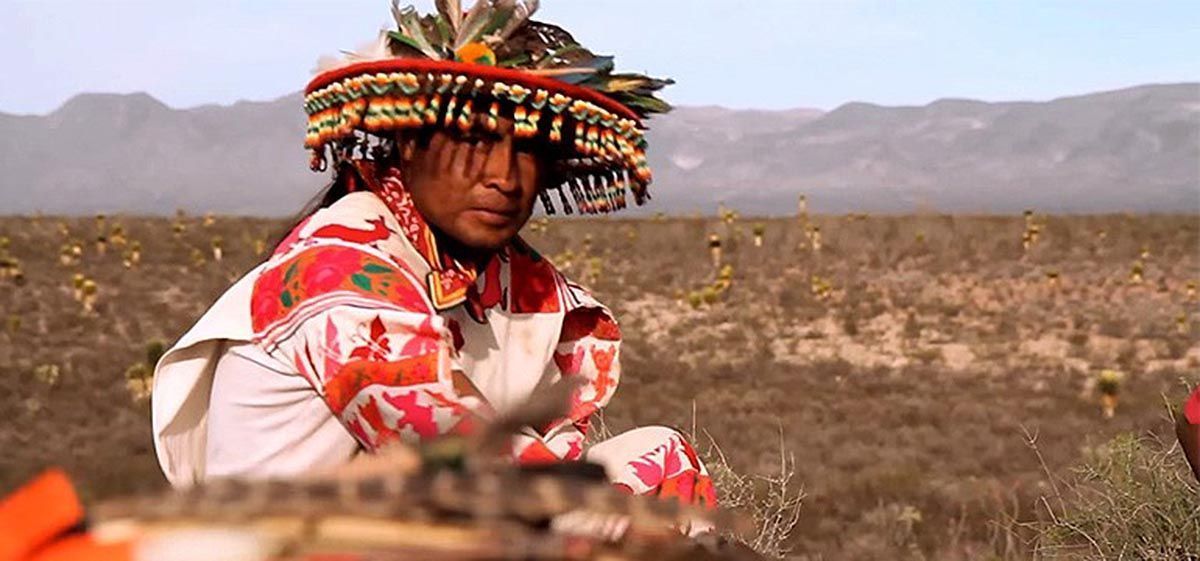
The Huichol (Wixarika in their own language) are a tribe of Native Indians that live in the Sierra Madre mountains of western Mexico. They have preserved much of their culture and way of life into the present by moving to an isolated area high in the mountains. They continue to speak their language, make and wear traditional clothes, and gather and grow their own foods. They practice their traditional peyote religion. They create art based on their culture, ceremonies, helper spirits, and visions. They sell their art for money to buy the things they don't produce themselves on their land.
Weaving knowledge has been passed down from grandmother to granddaughter since time immemorial It’s a spiritual practice that is fundamental to Huichol female identity and culture. They embroider factory made cloth, and weave belts, straps, and bags. The time and work previously spent in weaving larger textiles is now invested in finer weaving, double weave, and elaborate designs on smaller articles.
Men make yarn paintings by covering boards with a mixture of beeswax and pitch, then pressing in small pieces of coloured yarn. These colourful, complex representations of ceremonies and visions evolved from a type of spiritual offering. Similarly, wood sculptures and gourd bowls are coated with wax and pitch, then coloured beads are pressed in one at a time.
The Huichol make pilgrimages to holy places in the four corners of their land. They fast during these journeys, and bring sacred water and other spiritual medicines home. They travel to Lake Chapala in the south, where Xapawiyemeka, the goddess of the lake dwells, to the Pacific ocean, where they immerse themselves in the water, pray, and leave offerings for the goddess Haramara, to Utuawita, the sacred cave to the north in Durango, and to Wirikuta, the sacred land of peyote in the high desert of San Luis Potosi to the east to communicate with the deities and acquire sacred knowledge from them.
Deer, maize, and peyote, along with water are the sources of life for the Huichol.